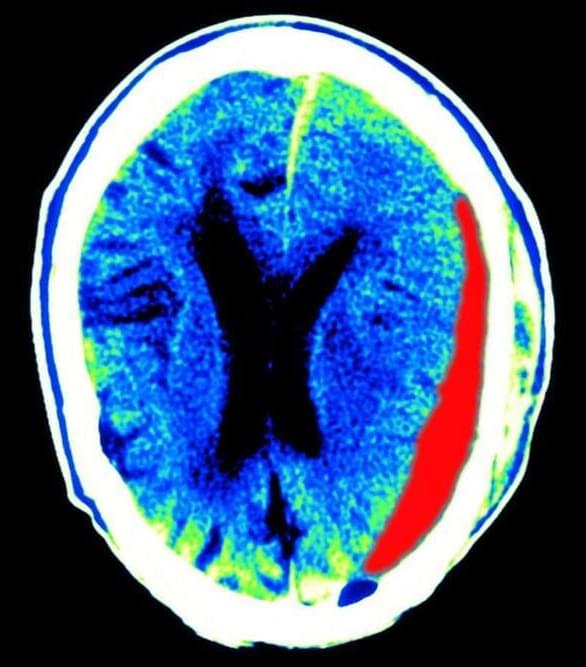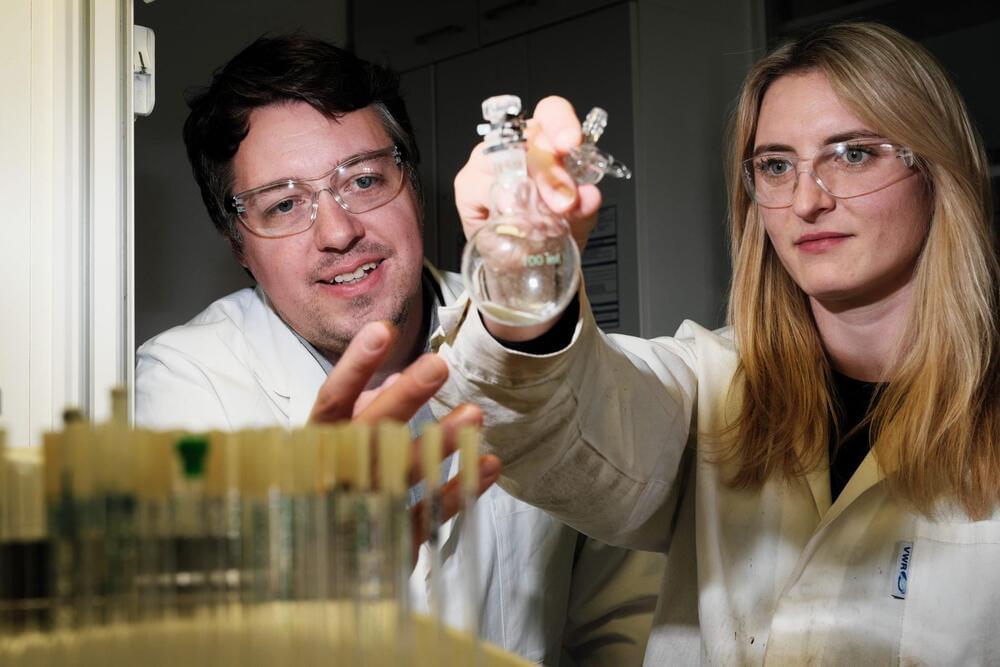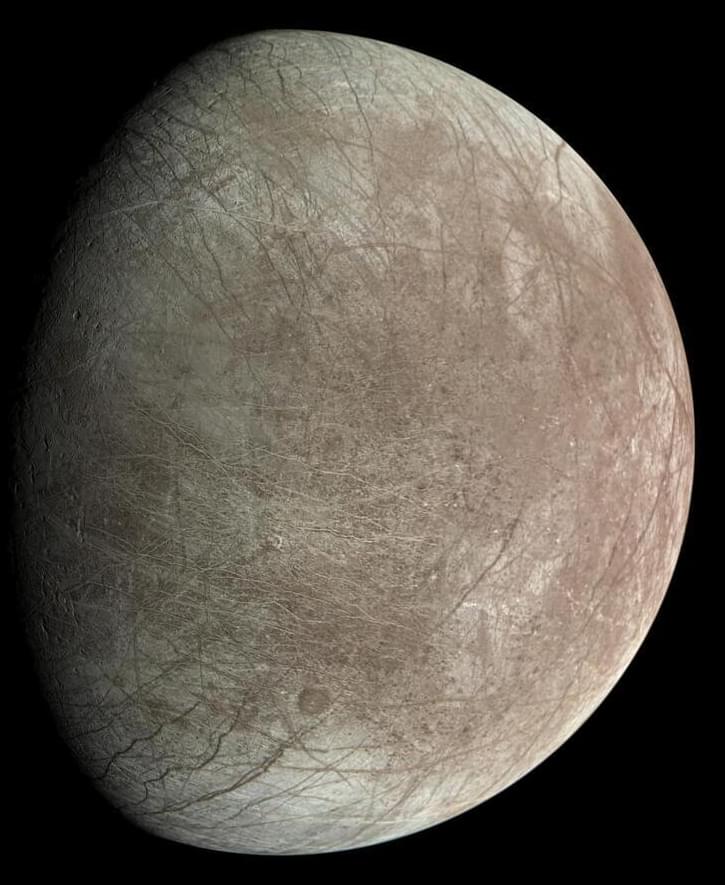May 17, 2024
Some brain injury patients would recover if life support weren’t ended
Posted by The Neuro-Network in categories: biotech/medical, neuroscience
A substantial proportion of people with a traumatic brain injury who had their life support withdrawn may have survived and at least partially recovered, a study suggests.
Traumatic brain injuries can occur due to a forceful blow, a jolt to the head or an object entering the brain, such as a bullet…
After comparing people with brain injuries whose life support was continued with those who had it turned off, scientists calculated that around 40 per cent in the latter group may have made some recovery.
Continue reading “Some brain injury patients would recover if life support weren’t ended” »


















